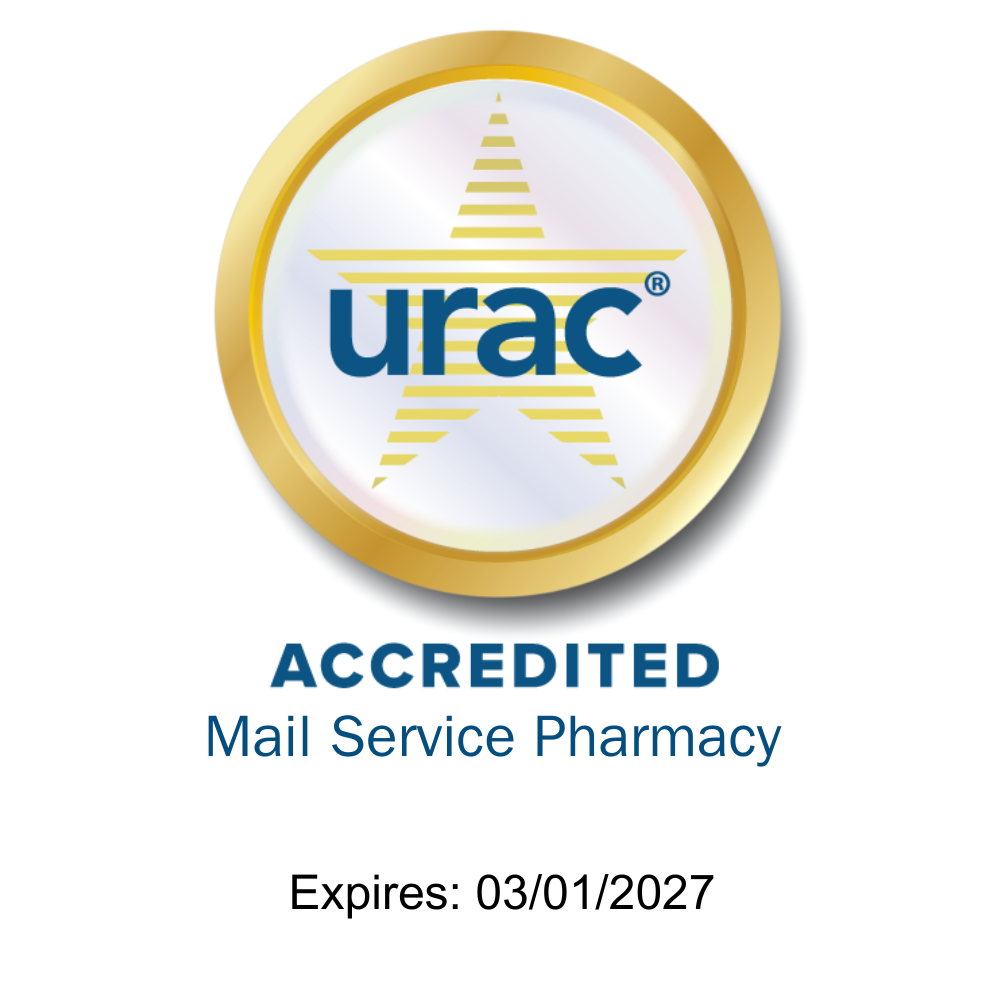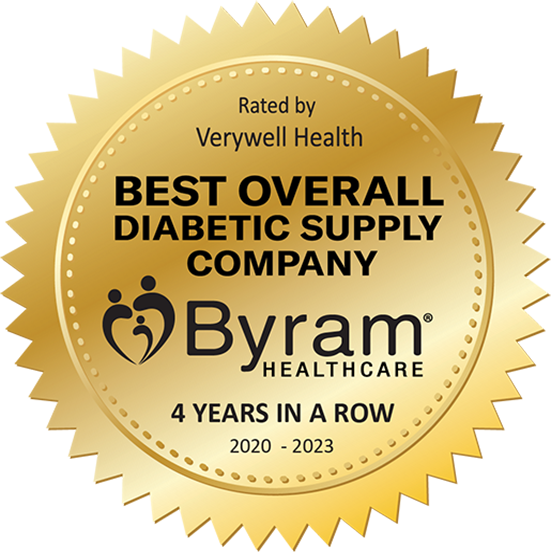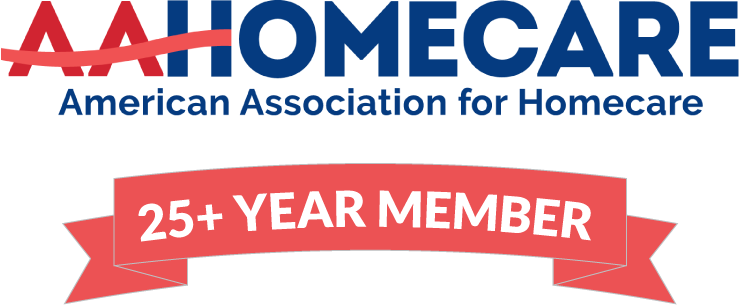
Types of Ostomy
There are three types of ostomies, Colostosmy, Ileostomy and Urostomy

Best Time to Change your Pouch
Generally, the best time to change your appliance is in the morning before breakfast.

Measuring your Stoma after Surgery
Measure your stoma at each appliance change for the first six to eight weeks after surgery.
Facts About Ostomy
There are three types of ostomies - colostomy, ileostomy and urostomy.
Colostomy
Colostomy: Your large intestine has been re-routed so that your body wastes now exit through a stoma on your abdominal wall.
Urostomy
Urostomy: A small segment of your small intestine has been used to re-route urine through a stoma on your abdominal wall.
Illeostomy
Illeostomy: Your large intestine has been removed and your small intestine rerouted so that your body wastes now exit through a stoma on your abdominal wall.
All stomas are basically the same, with the exception of size and shape. Your stoma should be red or pink. It is full of blood vessels, which are right on the surface. Your stoma should always be moist, similar to the inside lining of your mouth. It is a mucus membrane that has its own natural lubrication. Your stoma may bleed as it contains many blood vessels. At times when changing the appliance, you may see some blood; do not worry. Your stoma will mend itself, very much the same as when you bite the inside lining of your cheek or mouth. Your stoma has no feeling because it doesn’t have nerve endings. The slight movement of the stoma is called peristaltic action. Your stoma will be swollen following surgery and may take from six to eight weeks to shrink. Measure your stoma at each appliance change during this initial period. The appliance must fit properly to protect the skin and to ensure a leak-proof seal.
Lifestyle Tips
Generally, the best time to change your appliance is in the morning before breakfast. Examine the peristomal skin (skin surrounding the stoma). It should be the same color and texture as the rest of the abdominal skin. Avoiding skin irritation is much better than treating it. You may take a bath or shower with your appliance on or off. Exposure to air, warm water and gentle soap is good for your skin. If you shower with your appliance on, the tape portion of the appliance will get wet. As the tape dries (you can blow dry with cool air or pat with a towel), it will remain secure on the skin.
Colostomy:
Discharge from your colostomy can vary from a formed stool, paste-like consistency or just liquid depending on where the stoma was fashioned in the large colon; ascending, transverse, or descending. Some stomas can be controlled through irrigation; some can be managed with a closed-end pouch while others require the use of a drainable-style appliance. There are no definite diet restrictions for colostomies, however some foods will cause excessive gas such as broccoli, cabbage, eggs, fish, beans. Other foods may be constipating and still others may produce odor while emptying. Experiment with one food at a time so problem foods can be identified easily.
Urostomy:
Using a night drainage system will ensure a good night sleep! While some prefer to get up periodically throughout the night to empty, it is more convenient to hook up to bedside drainage. The pouch remains empty and you can rest without worry. There are no specific dietary restrictions for urostomates, but certain food such as asparagus will cause the urine to have more odor. Certain juices such as grapefruit and orange go into your system in an acidic state but exit the body in an alkaline state. Too much alkalinity can cause crystals to build up around the stoma. Cranberry juice is very beneficial in keeping alkaline levels in check.
Ileostomy:
Chew all food thoroughly. Popcorn, peanuts, coconut and food with seeds or kernels should be eaten with discretion. Onions, cabbage, spicy foods, fish, garlic and beans may cause an odor when emptying the appliance. Green beans, broccoli, spinach, raw fruits and beer may cause diarrhea. Add one new food at a time so you can identify problems.
Know what medications you are taking; avoid enteric coated pills and time release capsules. These medications are usually not absorbed due to their outer coating. They may exit into the pouch in their original state. Remind your physician that you have an Ileostomy, which may necessitate a different choice of drug. You may discuss this with your pharmacist as well.
Disclaimer: The recommendations and information above should not be considered a substitute for personal medical advice or diagnosis. Before making any changes, consult your health care professional.
Explore our Ostomy Product Catalog
Along with our product offering, our catalog offers valuable information about insurance, education and more.
Visit Our Online Ostomy Catalog Download Ostomy Catalog
Video Listing













